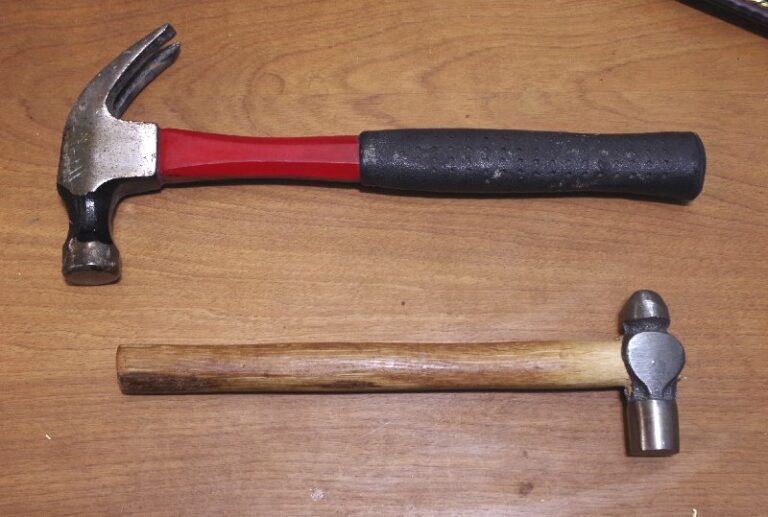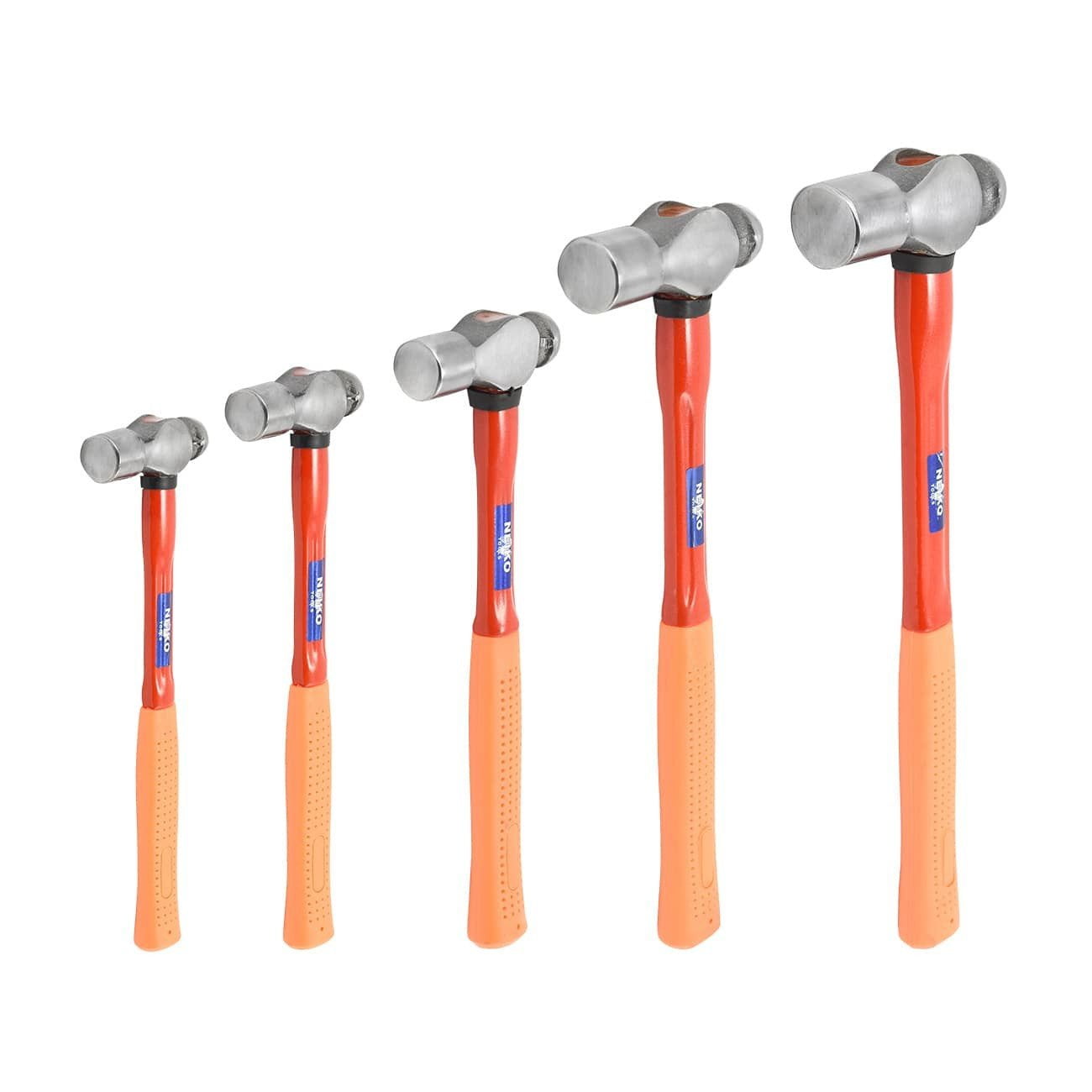

The milled face or waffle-faced hammer has a crisscrossed waffle pattern on its surface. It has a smooth surface and is excellent in most applications, especially where neat finishing is required. The flat-faced hammer is the one we would generally encounter in most applications.

Hammer’s faces are divided into two types: You would generally use a sledgehammer for this type of hard-core work, though. Still, they can also be used to demolish concrete or other construction material. Typically, hammers are meant to drive in nails. This is the portion of the hammer that contacts the nail or other material being hammered. The hammer’s face is the part that takes the beating. You can also find special-purpose hammers made of copper, brass, plastic heads. This part is generally made of steel, although some manufacturers use titanium. There are various combinations and configurations of these parts, depending on the application. The hammer head covers various parts: the face, neck, check, and claw or peen.

The head of a hammer is the portion from face to claw or peen excluding the handle. Its shock absorption properties could also alleviate strain on your muscles due to the intense vibrations caused when using the hammer. Without the added grip it offers, your hammer could easily slip from your hand mid-swing. However, when opting for a steel or fiberglass handle, the grip is an essential component of your hammer.

Wooden handle hammers generally don’t have a grip or cover. The grip is the portion that covers the handle and is responsible mainly for better grip and shock absorption. It’s unlikely to fly out of your sweaty hand mid-swing, posing a significant risk of injury to yourself and anyone nearby. This is usually a rubber grip, which dampens the vibrations while offering an excellent grip.Ī good grip on your hammer’s handle allows it to remain securely in your hand until you put it down. Note that fiberglass hammer handles still require a grip that mitigates the vibrations caused during use. It is more durable than wood and conducts less vibration than steel. Fiberglass Handleįiberglass handles form the middle ground between wooden and steel handles. This offers a more secure hold on the hammer and dampens the vibrations. For this reason, most steel handle hammers have a rubber grip fashioned around the handle. Mitigating these intense vibrations and the potential injuries they could cause is essential. Thus the vibrations traveling from the hammer through your hand and up your arm tend to be extreme. Unfortunately, steel handles do not offer any shock absorption. These hammers are often manufactured as one piece instead of several pieces joined together. Steel handle hammers are the most durable and are recommended for heavy-wear jobs. This means that they tend to break with frequent use and will have to be replaced. They’re not as durable as steel and fiberglass handles, though. These offer excellent shock absorption and generally a good grip, even for sweaty hands. Are you looking for a general, all-purpose hammer for the odd DIY project around your home, or do you need a hammer that you will use every day, all day long, for a large project? Wood Handle The type of hammer handle you choose depends on the application at hand and how often you use it. But, there are some basic parts that almost every hammer will have. There are many different kinds of hammers available to suit your needs. Let’s take a look at the different parts of a hammer and their functions in detail. The shape and size of a hammer vary depending on the purpose it is designed for. Hammers are used for shaping, forging, driving & pulling out nails, and even scraping surfaces. Although the primary purpose of a hammer as a hand tool is to drive nails, hammers are not just for pounding nails, either. Today, we have different types of power nailers for every nailing job you can imagine. Hammers are one of the oldest hand tools that mankind had started using. The handle is where you hold the hammer and it has a grip section at its end. These are subdivided into various parts: the head is made of the face, neck (unless it’s a sledgehammer), cheek, and claw or peen, depending on the hammer type. Hammers come in many shapes and sizes, and their parts vary according to their purpose. Have you ever stopped to think of the components that constitute this humble tool and how it affects your work? It can be used for carpentry, demolition, metalworking, home improvement, and other DIY projects. Hammers are commonly used hand tools across various applications.


 0 kommentar(er)
0 kommentar(er)
